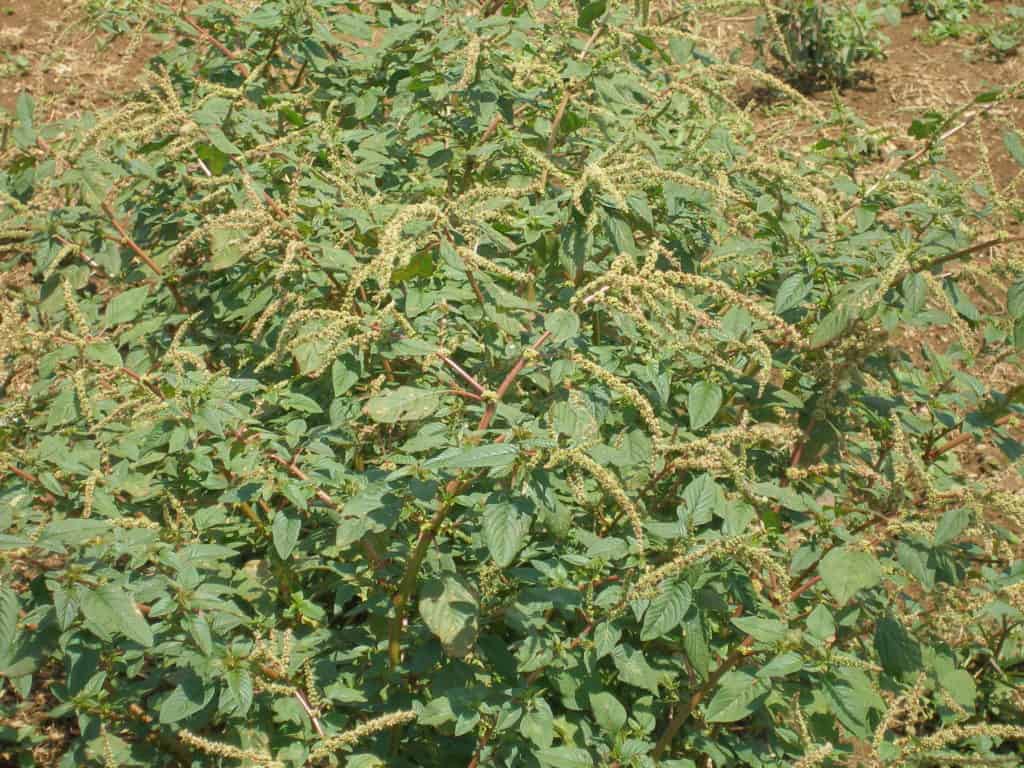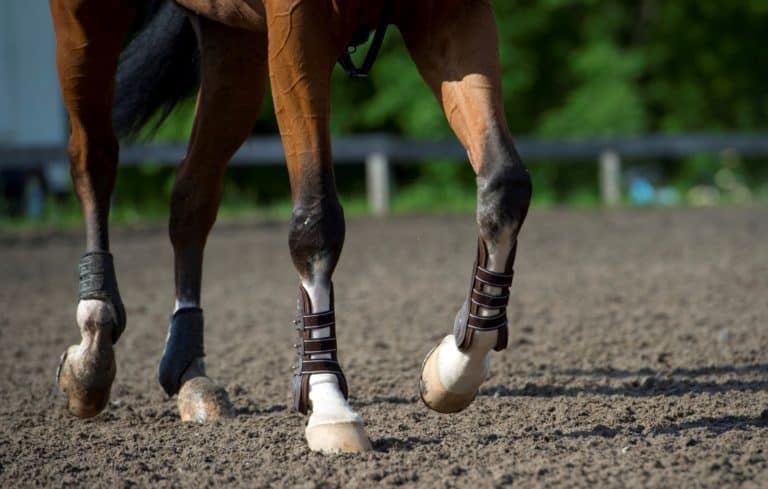
Weed of the Month: Yew, Taxus
Taxus species, frequently called “yew” are used as ornamentals in much of the eastern United States and Canada. Generally, these evergreen plants are found in highly managed landscapes. Taxus plants thrive under many conditions, which make them a pop

























